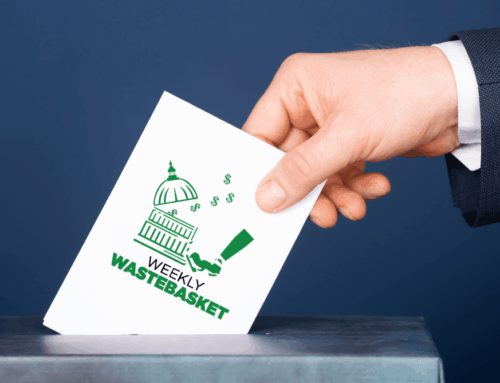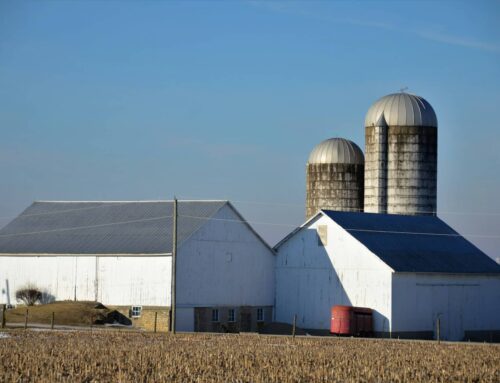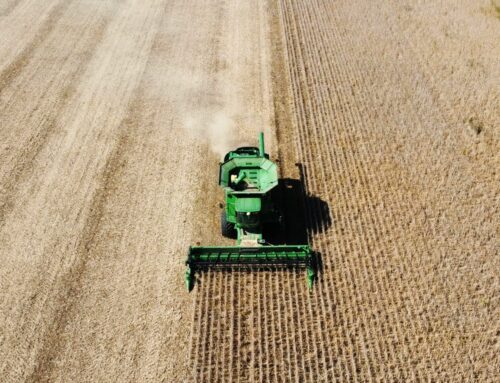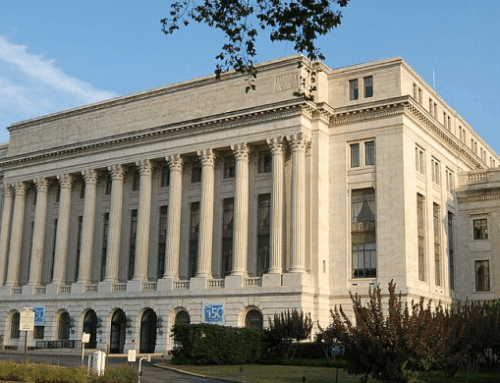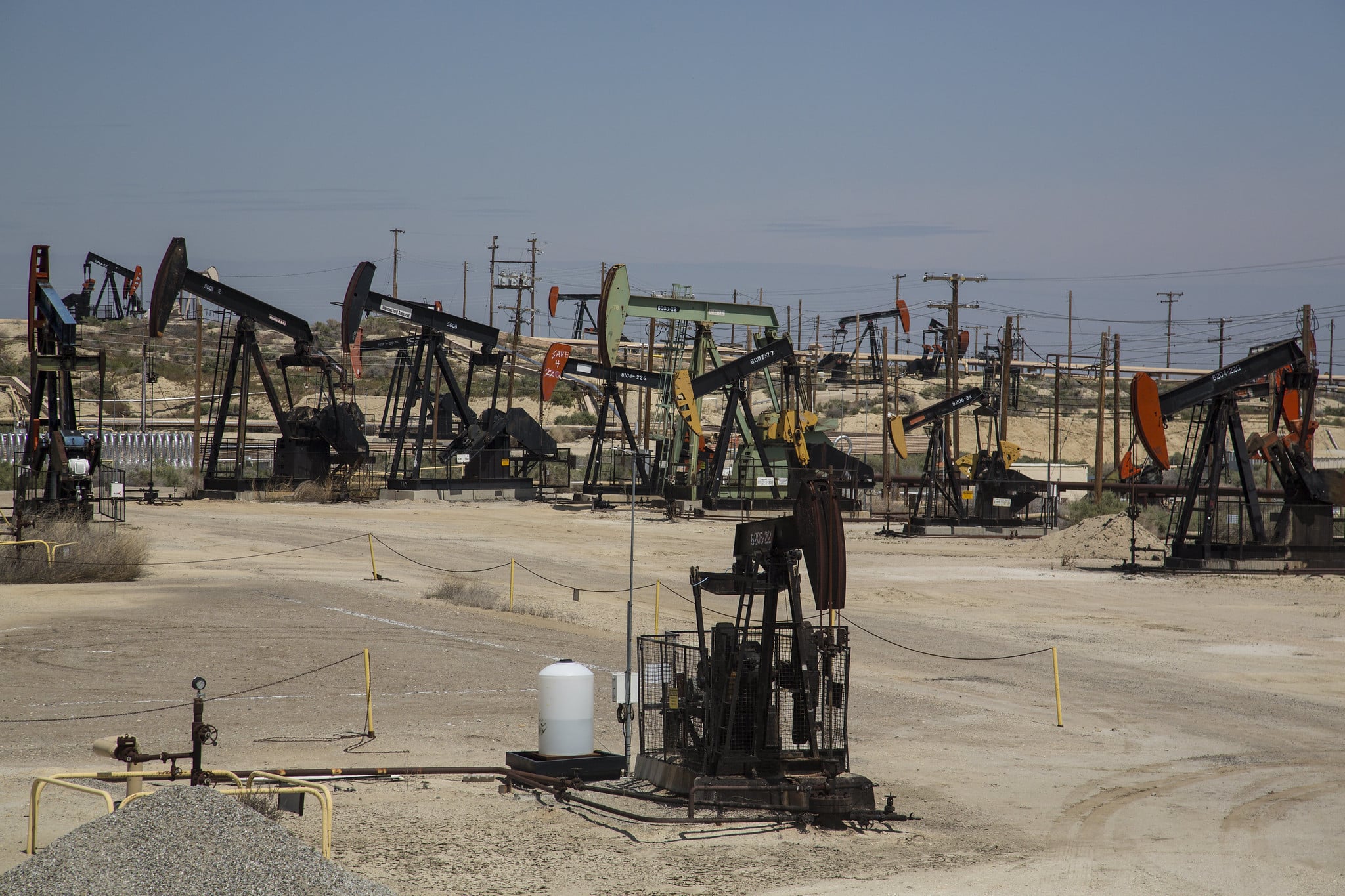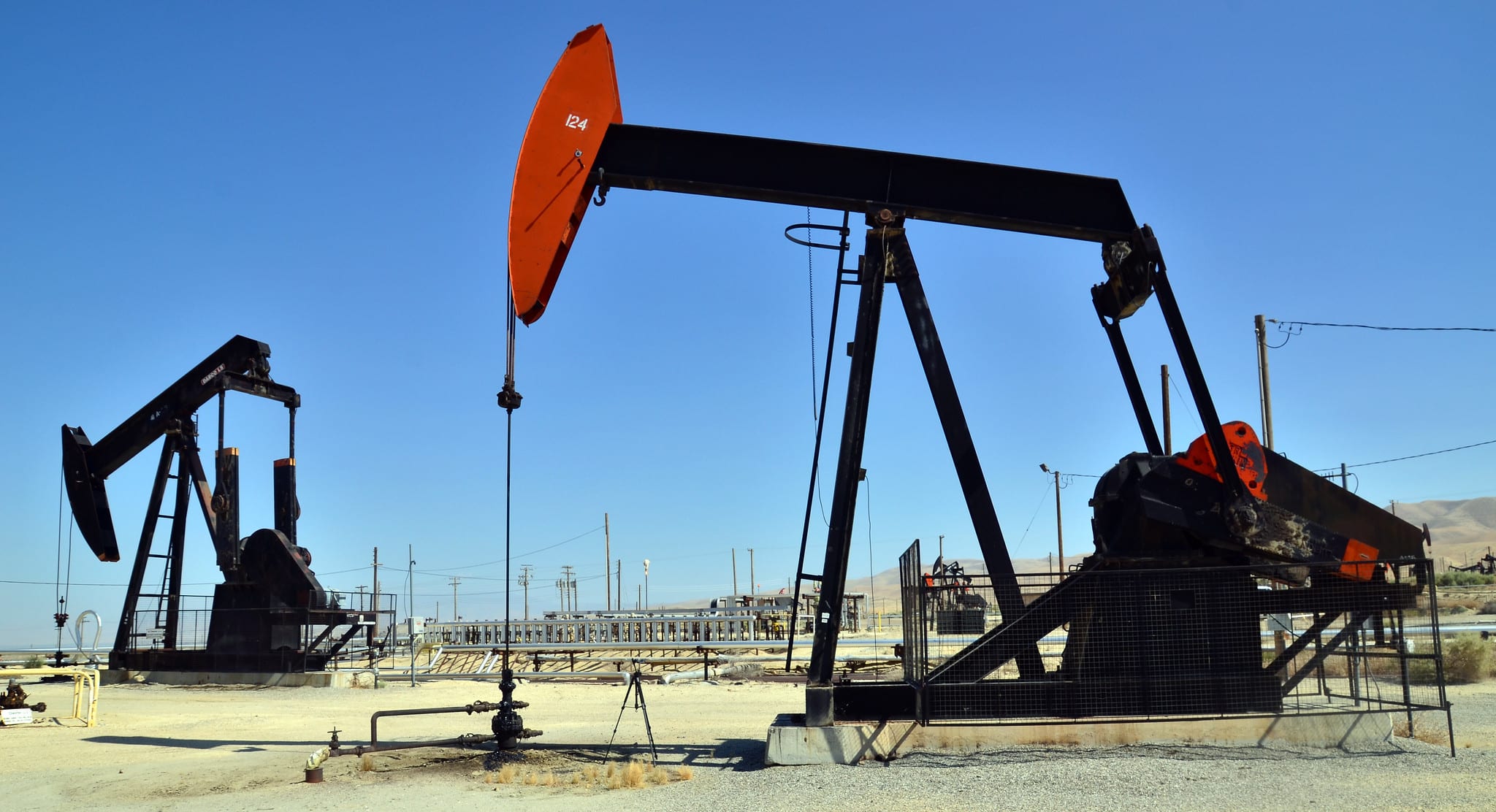Federal farm bills routinely cost more than advertised. The Congressional Budget Office’s (CBO) May 2022 baseline for farm programs confirms this truism. Advertised as an $867 billion bill, the programs authorized in the Agriculture Improvement Act of 2018 are now projected to cost approximately $1.3 trillion. Lawmakers contemplating authorizing a federal farm bill in 2023 must take pause. Taxpayers can afford to provide cost-effective farm financial and nutrition safety nets. In a time of trillion-dollar annual deficits and record debt we cannot, however, afford for wasteful farm bill programs to run on autopilot.
The Path to Trillion Dollar Farm Bills
Since 2002, spending for programs authorized by federal farm bills has exploded. The advertised price, the official 10-year CBO score at adoption, for farm bill legislation more than doubled between 2002 and 2014. Improved economic conditions, and thus anticipated reductions in “safety net” programs, resulted in a CBO score of $867 billion for the 2018 farm bill. This fiscal optimism, however, was short-lived.
| Farm Bills Increase in Cost Over Time | ||
| Farm Bill | 10-Year Projected Cost | % Increase from Previous Legislation |
| 2002 Farm Bill | $451 billion | |
| 2008 Farm Bill | $641 billion | 42% |
| 2014 Farm Bill (projected 2022-23) | $956 billion | 49% |
| 2018 Farm Bill (projected 2022-28) | $867 billion | -9% |
Farm Bill Costs Greater Than They Appear
Like the monster in the sideview mirror, actual costs of farm bills are greater than projected costs appear. When outlays (actual spending) on farm bill authorized programs are compared to projected costs at the time of the farm bill’s authorization, massive cost overruns are seen. (* Please note that FY22-28 costs are projected in the table below).
| Projected and Actual Costs of Recent Farm Bills | ||||
| Farm Bill | 10-Year Projected Cost | Actual 10-Year Cost | Cost Overrun | Overrun % |
| 2002 Farm Bill | $451 billion | $562 billion | $111 billion | 25% |
| 2008 Farm Bill | $641 billion | $887 billion | $246 billion | 38% |
| 2014 Farm Bill* | $956 billion | $1.15 trillion | $193 billion | 20% |
| 2018 Farm Bill* | $867 billion | $1.32 trillion | $456 billion | 53% |
A more cost-effective, accountable, and transparent farm bill that is responsive to actual need can be achieved. But lawmakers must be aware that the projected cost of farm bill legislation always falls far short of reality. Promoting better resilience, instead of dependence on federal subsidies, will require bold reforms in the next farm bill. Common sense farm subsidy reforms in particular would benefit everyone from farmers to taxpayers while also improving the climate and environment.
You can download the full, updated Path to Trillion Dollar Farm Bills fact sheet here or read it below.

